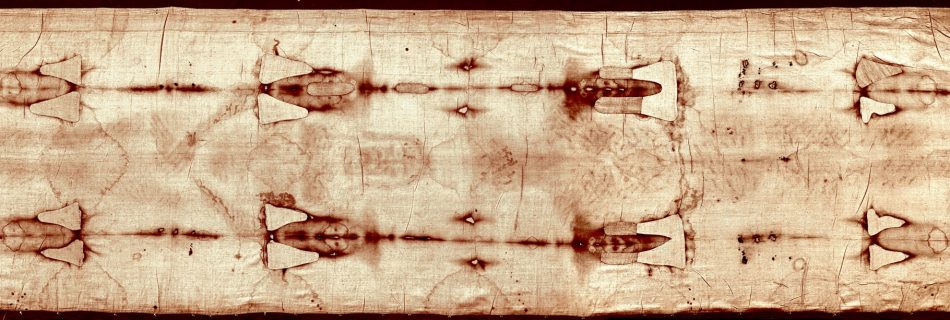C-14 lab conflict of interest
In any endeaver, whether it is scientific research or financial dealings or judicial decisions, conflicts of interest should be avoided at all costs. Even if no malicious activity actually happens, the appearance of potential biased activity should be avoided. If a judge is related to a defendent, the judge should recuse himself from the case. …
